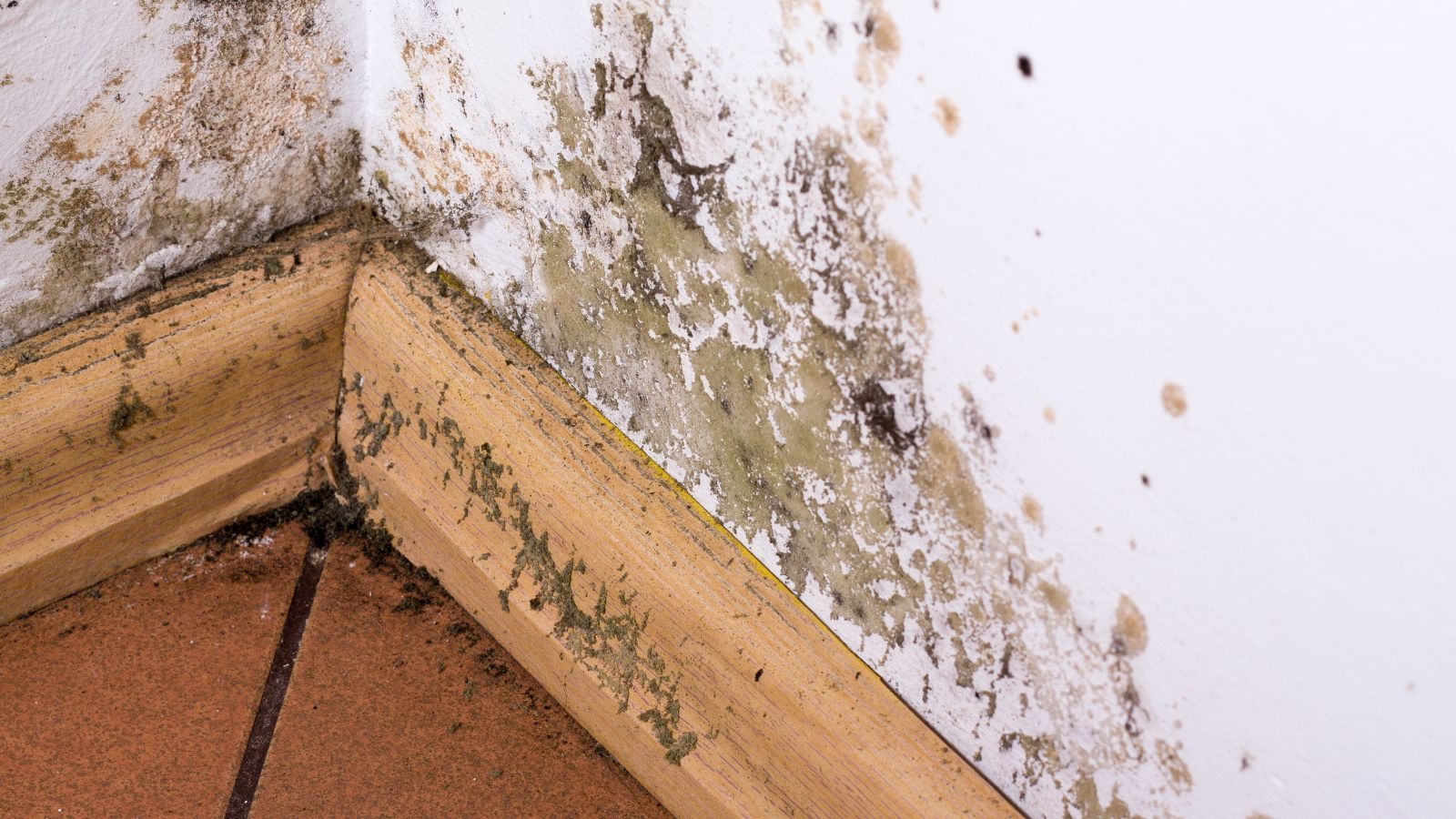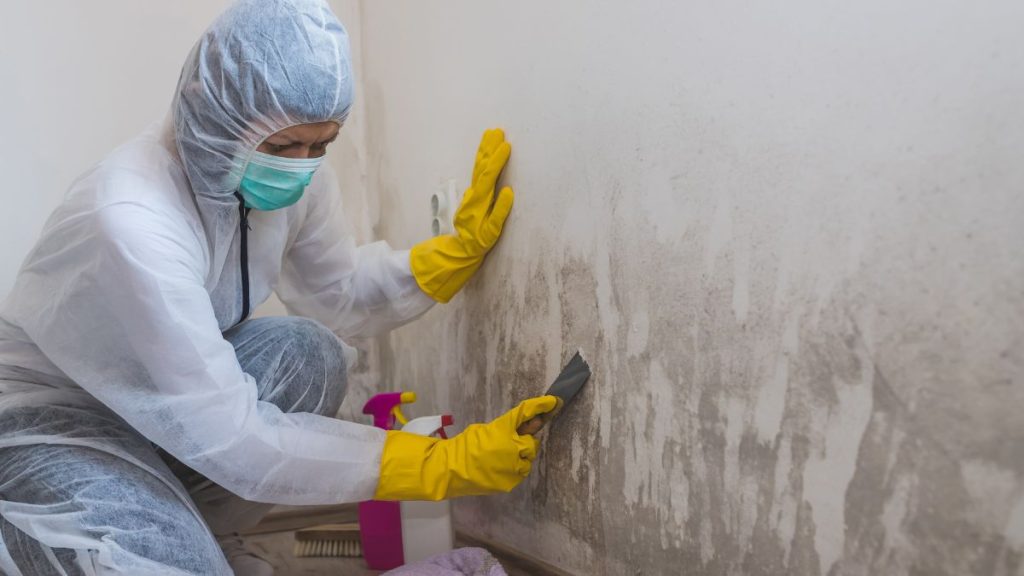Why Ants Are Attracted to Mold and How to Detach this Dangerous Duo

While tidying up your kitchen, you might spot a line of ants marching toward a spot of mold on the wall.
The sight is bewildering – what could these tiny creatures possibly find appealing in a patch of mold?
This scenario raises the curious question of whether ants are indeed attracted to mold.
In your home’s micro-ecosystem, where humidity and moisture are often present, mold can thrive.
Ants, in search of sustenance and an ideal environment, are drawn to these moldy areas.
If you’re dealing with a persistent ant problem, it’s worth considering whether mold might be part of the allure.
The connection between ants, moisture, and an environment conducive to mold could be key to understanding how to maintain control over these unwelcome house guests.
Reasons Ants May Be Attracted to Mold
When you notice ants in your home, they might be busy with a somewhat surprising task: visiting moldy areas.
Here’s why mold might be more inviting to these little critters than you’d expect.
Chemical Trails
Ants are drawn to molds because they emit certain chemicals.
These chemicals not only signal a stable source of moisture but can also be similar to the pheromones ants use for foraging.
Need for Hydration
Just like you, ants need water to survive, and areas where mold thrives often point to dampness.
The high humidity found near molds provides the perfect water source for ant colonies.
A Food Buffet
Besides moisture, moldy environments can suggest the presence of decaying organic materials, which translates into a feast for ants.
Whether it’s rotting food or wood, ants can find the sustenance they need.
The Fungus Factor
Molds are a type of fungus and like various other pests, ants may consume the mold itself, including its spores, as part of their diet.
Reasons Ants May Not Be Attracted to Mold
Mold as a Non-Nutritive Substance
While you might find ants nearly everywhere, they aren’t necessarily there for the mold.
Since mold does not provide the sustenance ants need, they don’t actively seek it out as a food source.
Instead, they’re in the business of scouring for substances that can offer them real nutritional value.
Chemical Signals and Antennae Sensitivity
Mold can release chemicals that are uninviting to ants.
Your ants depend on their antennae to detect food sources, interpret their environment, and avoid potential threats.
When molds exude chemicals that indicate toxicity or harmful substances, these sensory antennae could deter ants from approaching.
Mold Types: Notably, some molds, such as black mold, are known to release mycotoxins that can be dangerous.
Ants and Sanitation
Ant colonies thrive in a clean environment where they can manage their sanitation and health.
When they encounter mold, which might contaminate their nest or food supply with unwanted spores, they might avoid it for the sake of maintaining a sterile living space.
Sanitation Measures: Ants take great care to keep their nest free from harmful substances, and mold could be considered a contamination risk.
No Association Between Infestations and Mold Growth
Although you may witness ant infestations and mold growth in the same areas, these occurrences typically happen independently of each other.
Ants are not particularly drawn to mold; they simply share an affinity for moist environments where mold also happens to thrive.
Feeding Habits: Their foraging is driven by the quest for food that benefits the colony, not by the presence of mold itself.
Ways to Remove Mold and Ants

To tackle mold and ant infestations, you need a two-fold approach that targets both the pests and their habitat.
Removing Mold
- Clean: Begin with scrubbing the mold off hard surfaces with soap and water. Rinse with clean water and dry immediately.
- Disinfect: For nonporous surfaces, disinfect with a solution of no more than 1 cup of bleach in 1 gallon of water.
- Vinegar: Alternatively, use distilled white vinegar, letting it sit for an hour before wiping away.
- Control Moisture: Run a dehumidifier to reduce humidity levels. Aim to keep the humidity below 50% to prevent mold growth.
- Fix Leaks: Inspect your home for leaks and repair them promptly.
- Ventilation: Improve air circulation by using fans and opening windows, especially in areas like bathrooms and kitchens.
Getting Rid of Ants
- Bait: Place ant baits near where you see ants to eradicate them at the source.
- Pesticide: If infestation persists, consider a non-repellent pesticide targeted at the ant species in your home.
- Professional Help: In case of severe infestations, bringing in professional pest control can ensure thorough removal.
Prevention Tips
- Regular Inspection: Regularly inspect your home for signs of mold and ant trails.
- Seal Entry Points: Caulk any cracks or crevices to prevent ants from entering.
- Sanitation: Keep your kitchen clean, store food in sealed containers, and dispose of garbage regularly to not attract ants.
By addressing the sources of food and moisture, you can maintain a mold and ant-free home.
Remember, consistent prevention efforts are just as important as timely removal actions.